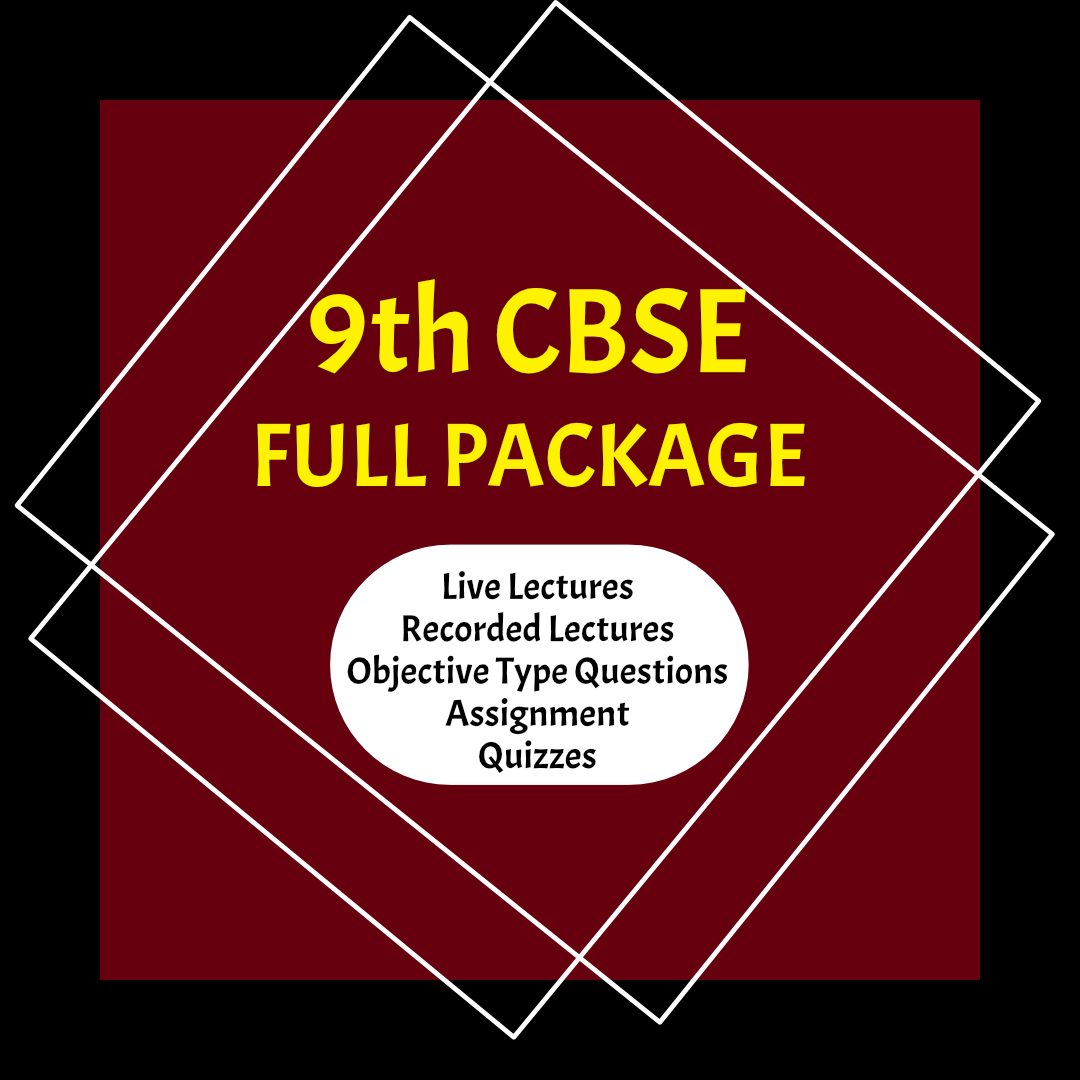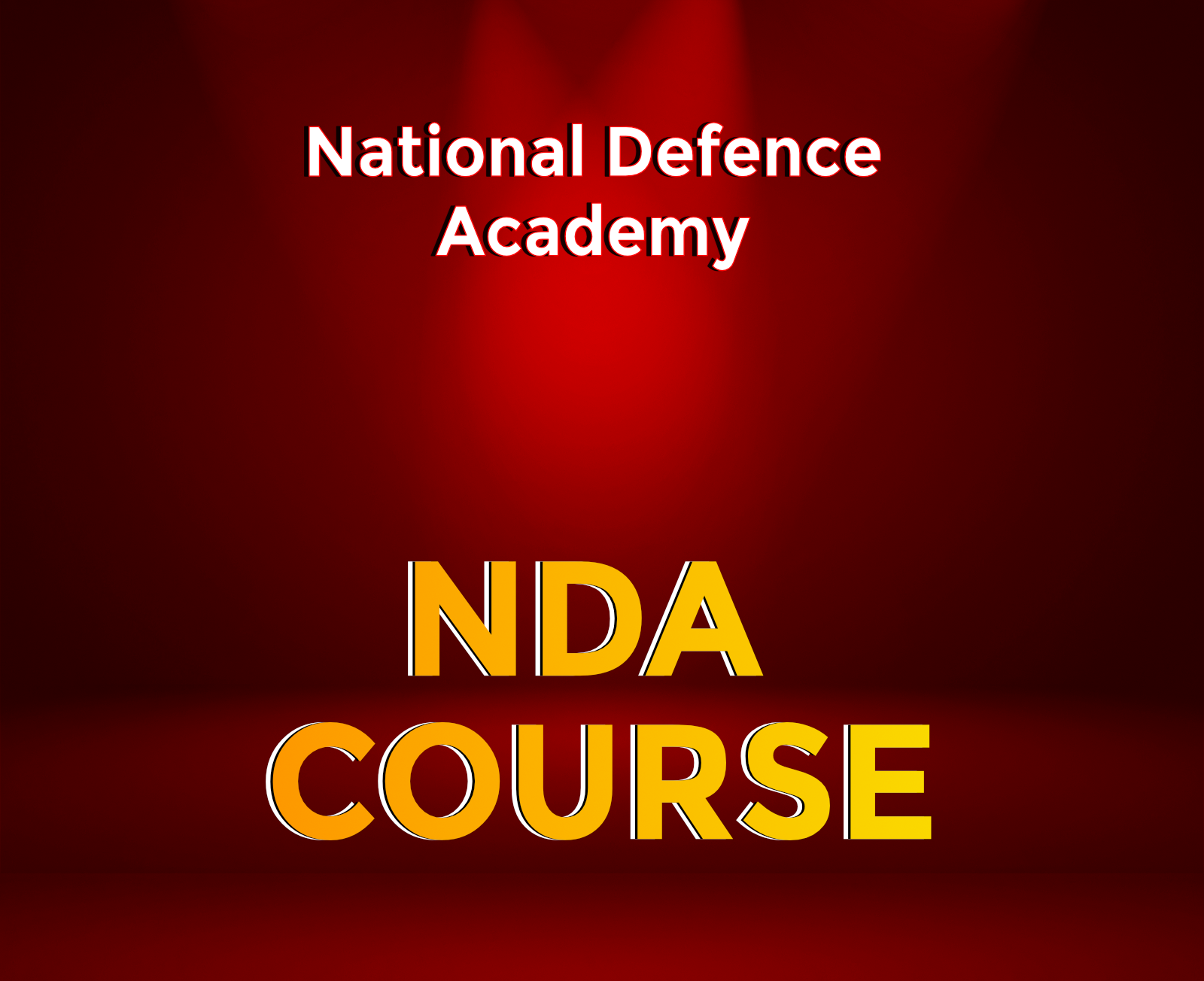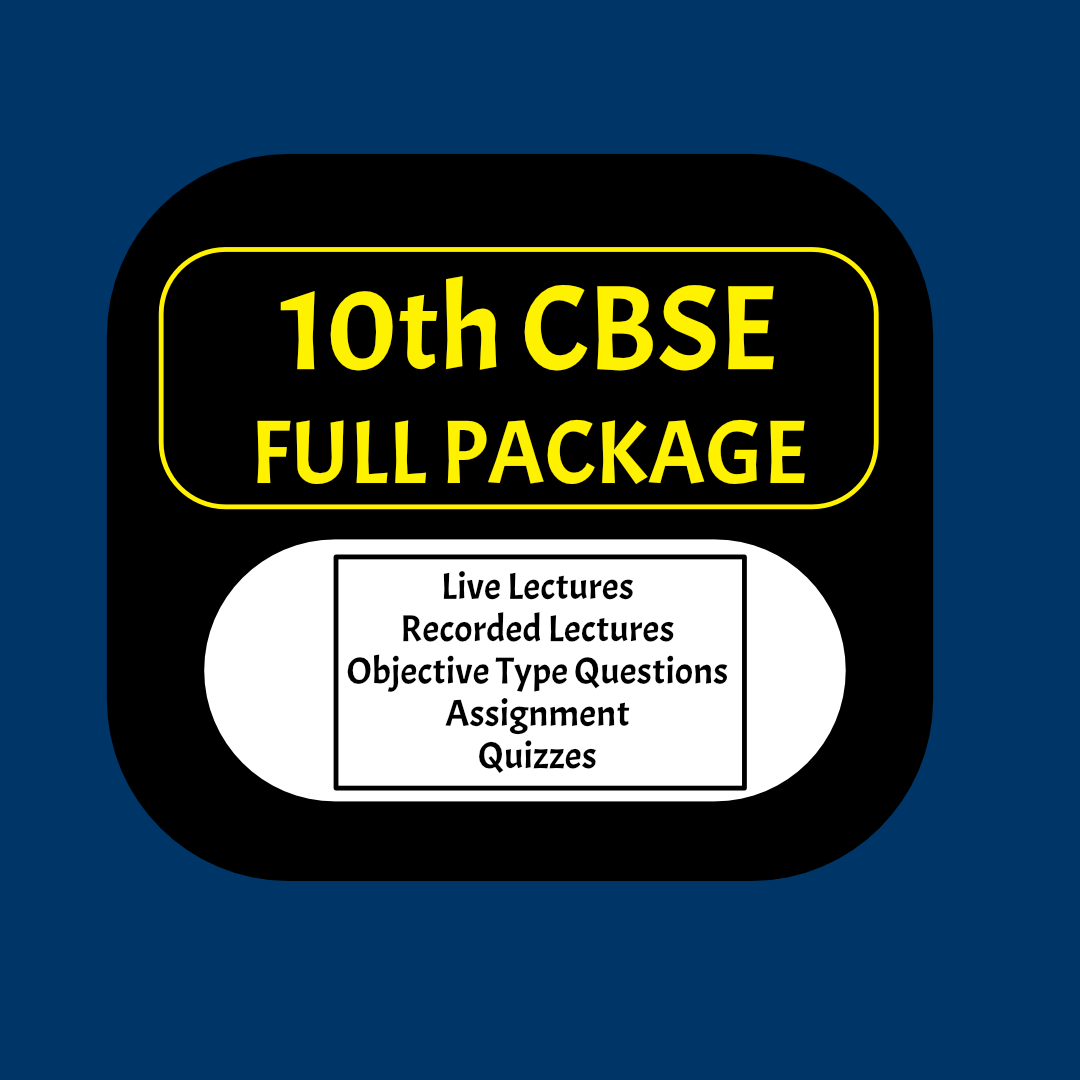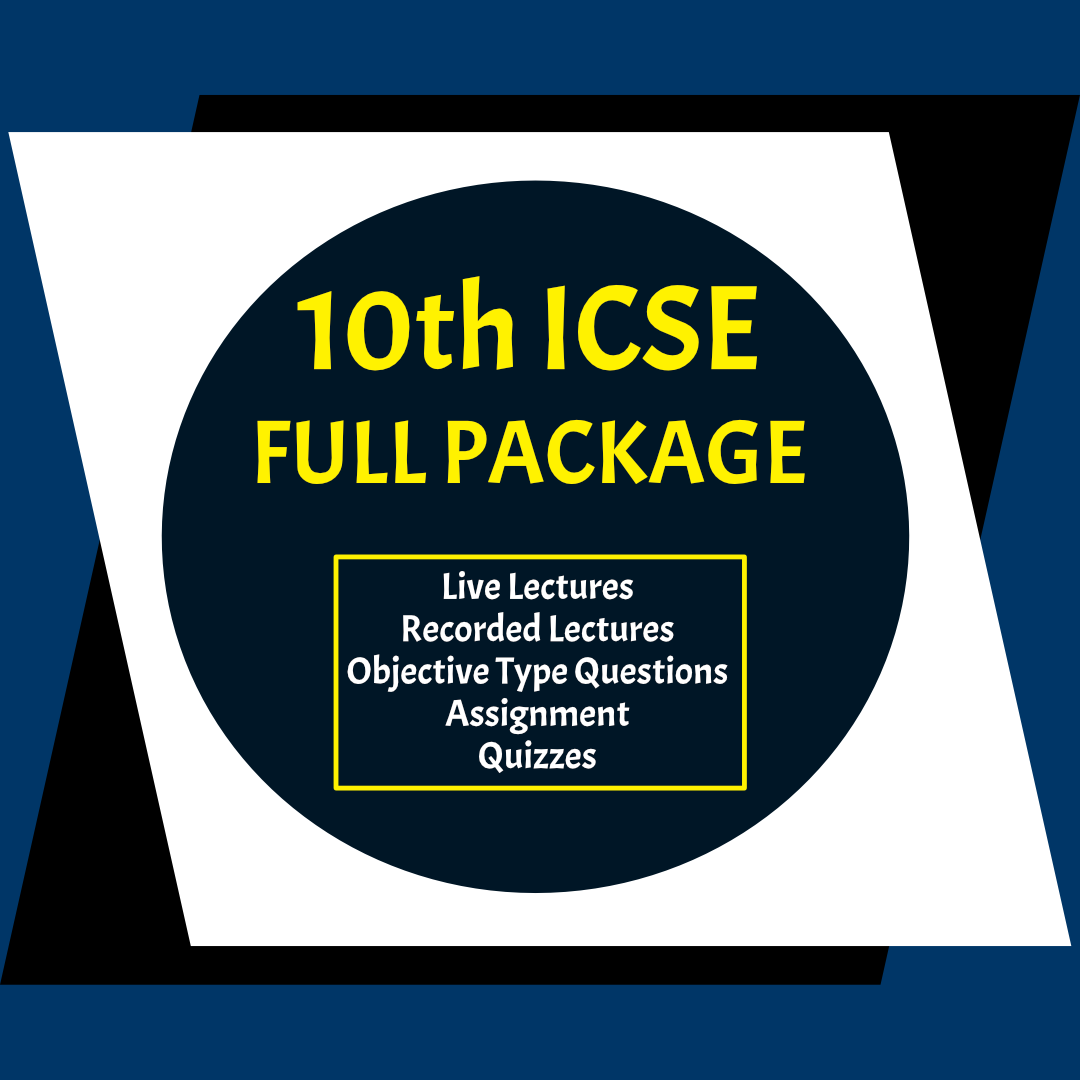|
|
Triangles Part 3 - Lecture 11
Triangles
Here problems are solved with a given diagram and statement, problems based on bisectors, the definition of types of triangles with their principles and rules, that need to be followed while problem-solving, SAS, ASA congruences are also discussed here. Apart from that, the basic problems on the statement and proving the given statement with a reasonable explanation are also discussed here in this chapter. As there are many models covered, there is an equal number of exercises provided for practice purposes.
|
|
16min
|
|
|
Heron's Formula Part 1 - Lecture 12
Heron’s Formula
This chapter is exclusively based on the heron formula and its derivation and its application in problems. Heron formula is nothing but the area of the triangle i.e.,
Area = Square root of√s(s – a)(s – b)(s – c) where s=semi-perimeter, a,b,c, is the length of sides a,b,c respectively. This is a very important and easy chapter to secure good marks as there are many solved examples and exercises provided for practice purposes.
|
|
52min
|
|
|
Heron's Formula Part 2 - Lecture 13
Heron’s Formula
This chapter is exclusively based on the heron formula and its derivation and its application in problems. Heron formula is nothing but the area of the triangle i.e.,
Area = Square root of √s(s – a)(s – b)(s – c) where s=semi-perimeter, a, b, c, is the length of sides a, b, c respectively. This is a very important and easy chapter to secure good marks as there are many solved examples and exercises provided for practice purposes.
|
|
52min
|
|
|
Statistics Part 1 - Lecture 14
Statistics
Here this chapter discusses the problems which have more reasoning and analytical than just formula-based models followed with examples for practice and thorough understanding purposes.
|
|
12min
|
|
|
Statistics Part 2 - Lecture 15
Statistics
Here this chapter discusses the problems which have more reasoning and analytical than just formula-based models followed with examples for practice and thorough understanding purposes.
|
|
13min
|
|
|
Statistics Part 3 - Lecture 16
Statistics
Here this chapter discusses the problems which have more reasoning and analytical than just formula-based models followed with examples for practice and thorough understanding purposes.
|
|
14min
|
|
|
Number System Part 1 - Lecture 1
Number Systems
The topics like the definition of rational numbers, problems on p/q form, finding the missing rational number between the range, representation of a particular rational number or decimal number on a number line, dividing small by big number (1/11, 3/13, 2/11,…etc), rational and irrational numbers, their difference and problems based on that, are discussed here. Every topic has an ample number of exercises for good practice.
|
|
33min
|
|
|
Number System Part 2 - Lecture 2
Number Systems
The topics like the definition of rational numbers, problems on p/q form, finding the missing rational number between the range, representation of a particular rational number or decimal number on a number line, dividing small by big number (1/11, 3/13, 2/11,…etc), rational and irrational numbers, their difference and problems based on that, are discussed here. Every topic has an ample number of exercises for good practice.
|
|
27min
|
|
|
Number System Part 3 - Lecture 3
Number Systems
The topics like the definition of rational numbers, problems on p/q form, finding the missing rational number between the range, representation of a particular rational number or decimal number on a number line, dividing small by big number (1/11, 3/13, 2/11,…etc), rational and irrational numbers, their difference and problems based on that, are discussed here. Every topic has an ample number of exercises for good practice.
|
|
15min
|
|
|
Coordinate Geometry - Lecture 4
Coordinate Geometry
In this chapter topics like a cartesian plane, notations, plotting points are well explained with detailed examples and exercises. As this chapter can be a little tough for beginners, regular practice and deep understanding make the preparation process for examinations easy.
|
|
17min
|
|
|
Linear Equation in Two Variable - Lecture 5
Linear Equations in Two Variables
Here, the problems where values of a,b,c, finding, comparing two different equations, finding the nature and missing values of a given equation, plotting solutions on graphs with the help of x, y, z-axis, etc are some of the important topics covered in this chapter.
|
|
35min
|
|
|
Lines & Angles Part 1 - Lecture 6
Lines and Angles
Here the problems on the combination of lines and angles are explained with solved examples, problems where statements are given to prove with a good explanation, formulas and axioms are used, problems based on given diagrams, various types of angles their derivations, etc are thoroughly discussed with a set of exercises for good practice purposes.
|
|
45min
|
|
|
Lines & Angles Part 2 - Lecture 7
Lines and Angles
Here the problems on the combination of lines and angles are explained with solved examples, problems where statements are given to prove with a good explanation, formulas and axioms are used, problems based on given diagrams, various types of angles their derivations, etc are thoroughly discussed with a set of exercises for good practice purposes.
|
|
16min
|
|
|
Lines & Angles Part 3 - Lecture 8
Lines and Angles
Here the problems on the combination of lines and angles are explained with solved examples, problems where statements are given to prove with a good explanation, formulas and axioms are used, problems based on given diagrams, various types of angles their derivations, etc are thoroughly discussed with a set of exercises for good practice purposes.
|
|
13min
|
|
|
Triangles Part 1 - Lecture 9
Triangles
Here problems are solved with a given diagram and statement, problems based on bisectors, the definition of types of triangles with their principles and rules, that need to be followed while problem-solving, SAS, ASA congruences are also discussed here. Apart from that, the basic problems on the statement and proving the given statement with a reasonable explanation are also discussed here in this chapter. As there are many models covered, there is an equal number of exercises provided for practice purposes.
|
|
34min
|
|
|
Triangles Part 2 - Lecture 10
Triangles
Here problems are solved with a given diagram and statement, problems based on bisectors, the definition of types of triangles with their principles and rules, that need to be followed while problem-solving, SAS, ASA congruences are also discussed here. Apart from that, the basic problems on the statement and proving the given statement with a reasonable explanation are also discussed here in this chapter. As there are many models covered, there is an equal number of exercises provided for practice purposes.
|
|
22min
|
|
|
Polynomials Part 1 - Lecture 17
Polynomials
Here beginning with a basic introduction to polynomials, topics like polynomials in one variable, zeros of a polynomial, remainder theorem, factorization of polynomials, algebraic identities, etc are discussed here followed with solved examples and exercises for a better understanding and practice.
|
|
28min
|
|
|
Polynomials Part 2 - Lecture 18
Polynomials
Here beginning with a basic introduction to polynomials, topics like polynomials in one variable, zeros of a polynomial, remainder theorem, factorization of polynomials, algebraic identities, etc are discussed here followed with solved examples and exercises for a better understanding and practice.
|
|
22min
|
|
|
Polynomials Part 3 - Lecture 19
Polynomials
Here beginning with a basic introduction to polynomials, topics like polynomials in one variable, zeros of a polynomial, remainder theorem, factorization of polynomials, algebraic identities, etc are discussed here followed with solved examples and exercises for a better understanding and practice.
|
|
24min
|
|
|
Polynomials Part 4 - Lecture 20
Polynomials
Here beginning with a basic introduction to polynomials, topics like polynomials in one variable, zeros of a polynomial, remainder theorem, factorization of polynomials, algebraic identities, etc are discussed here followed with solved examples and exercises for a better understanding and practice.
|
|
34min
|
|
|
Quadrilaterals Part 1 - Lecture 21
Quadrilaterals
Beginning with a brief introduction on quadrilaterals, finding angles when ratios are given, finding the diagonals in a given diagram, construction of quadrilaterals following the given set of instructions, proving of quadrilaterals using axioms, principles, etc are a few types of problems discussed here in detail and are important in term of examination point of view.
|
|
59min
|
|
|
Quadrilaterals Part 2 - Lecture 22
Quadrilaterals
Beginning with a brief introduction on quadrilaterals, finding angles when ratios are given, finding the diagonals in a given diagram, construction of quadrilaterals following the given set of instructions, proving of quadrilaterals using axioms, principles, etc are a few types of problems discussed here in detail and are important in term of examination point of view.
|
|
37min
|
|
|
Quadrilaterals Part 3 - Lecture 23
Quadrilaterals
Beginning with a brief introduction on quadrilaterals, finding angles when ratios are given, finding the diagonals in a given diagram, construction of quadrilaterals following the given set of instructions, proving of quadrilaterals using axioms, principles, etc are a few types of problems discussed here in detail and are important in term of examination point of view.
|
|
28min
|
|
|
Quadrilaterals Part 4 - Lecture 24
Quadrilaterals
Beginning with a brief introduction on quadrilaterals, finding angles when ratios are given, finding the diagonals in a given diagram, construction of quadrilaterals following the given set of instructions, proving of quadrilaterals using axioms, principles, etc are a few types of problems discussed here in detail and are important in term of examination point of view.
|
|
16min
|
|
|
Circles Part 1 - Lecture 25
Circles -
Through examples, arrive at definition of circle and related concepts-radius, circumference, diameter, chord, arc, secant, sector, segment, subtended angle.
1. (Prove) Equal chords of a circle subtend equal angles at the center and (motivate) its converse.
2. (Motivate) The perpendicular from the center of a circle to a chord bisects the chord and conversely, the line drawn through the center of a circle to bisect a chord is perpendicular to the chord.
3. (Motivate) Equal chords of a circle (or of congruent circles) are equidistant from the center (or their respective centers) and conversely.
4. (Prove) The angle subtended by an arc at the center is double the angle subtended by it at any point on the remaining part of the circle.
5. (Motivate) Angles in the same segment of a circle are equal.
6. (Motivate) The sum of either of the pair of the opposite angles of a cyclic quadrilateral is 180o and its converse.
|
|
42min
|
|
|
Circles Part 2 - Lecture 26
Circles -
Through examples, arrive at definition of circle and related concepts-radius, circumference, diameter, chord, arc, secant, sector, segment, subtended angle.
1. (Prove) Equal chords of a circle subtend equal angles at the center and (motivate) its converse.
2. (Motivate) The perpendicular from the center of a circle to a chord bisects the chord and conversely, the line drawn through the center of a circle to bisect a chord is perpendicular to the chord.
3. (Motivate) Equal chords of a circle (or of congruent circles) are equidistant from the center (or their respective centers) and conversely.
4. (Prove) The angle subtended by an arc at the center is double the angle subtended by it at any point on the remaining part of the circle.
5. (Motivate) Angles in the same segment of a circle are equal.
6. (Motivate) The sum of either of the pair of the opposite angles of a cyclic quadrilateral is 180o and its converse.
|
|
21min
|
|
|
Circles Part 3 - Lecture 27
Circles -
Through examples, arrive at definition of circle and related concepts-radius, circumference, diameter, chord, arc, secant, sector, segment, subtended angle.
1. (Prove) Equal chords of a circle subtend equal angles at the center and (motivate) its converse.
2. (Motivate) The perpendicular from the center of a circle to a chord bisects the chord and conversely, the line drawn through the center of a circle to bisect a chord is perpendicular to the chord.
3. (Motivate) Equal chords of a circle (or of congruent circles) are equidistant from the center (or their respective centers) and conversely.
4. (Prove) The angle subtended by an arc at the center is double the angle subtended by it at any point on the remaining part of the circle.
5. (Motivate) Angles in the same segment of a circle are equal.
6. (Motivate) The sum of either of the pair of the opposite angles of a cyclic quadrilateral is 180o and its converse.
|
|
23min
|
|
|
Circle Part 4 - Lecture 28
Circles -
Through examples, arrive at definition of circle and related concepts-radius, circumference, diameter, chord, arc, secant, sector, segment, subtended angle.
1. (Prove) Equal chords of a circle subtend equal angles at the center and (motivate) its converse.
2. (Motivate) The perpendicular from the center of a circle to a chord bisects the chord and conversely, the line drawn through the center of a circle to bisect a chord is perpendicular to the chord.
3. (Motivate) Equal chords of a circle (or of congruent circles) are equidistant from the center (or their respective centers) and conversely.
4. (Prove) The angle subtended by an arc at the center is double the angle subtended by it at any point on the remaining part of the circle.
5. (Motivate) Angles in the same segment of a circle are equal.
6. (Motivate) The sum of either of the pair of the opposite angles of a cyclic quadrilateral is 180o and its converse.
|
|
25min
|
|
|
Circle Part 5 - Lecture 29
Circles -
Through examples, arrive at definition of circle and related concepts-radius, circumference, diameter, chord, arc, secant, sector, segment, subtended angle.
1. (Prove) Equal chords of a circle subtend equal angles at the center and (motivate) its converse.
2. (Motivate) The perpendicular from the center of a circle to a chord bisects the chord and conversely, the line drawn through the center of a circle to bisect a chord is perpendicular to the chord.
3. (Motivate) Equal chords of a circle (or of congruent circles) are equidistant from the center (or their respective centers) and conversely.
4. (Prove) The angle subtended by an arc at the center is double the angle subtended by it at any point on the remaining part of the circle.
5. (Motivate) Angles in the same segment of a circle are equal.
6. (Motivate) The sum of either of the pair of the opposite angles of a cyclic quadrilateral is 180o and its converse.
|
|
20min
|
|
|
Surface Area & Volume Part 1 - Lecture 30
Surface Areas and Volumes
Here the surface areas and volumes of cone, cube, sphere, etc. are explained with examples and exercises for practice purposes.
|
|
33min
|
|
|
Surface Area & Volume Part 3 - Lecture 32
Surface Areas and Volumes
Here the surface areas and volumes of cone, cube, sphere, etc are explained with examples and exercises for practice purposes.
|
|
40min
|
|
|
Surface Area & Volume Part 4 - Lecture 33
Surface Areas and Volumes
Here the surface areas and volumes of cone, cube, sphere, etc are explained with examples and exercises for practice purposes.
|
|
36min
|
|
|
Surface Area & Volume Part 2 - Lecture 31
Surface Areas and Volumes
Here the surface areas and volumes of cone, cube, sphere, etc are explained with examples and exercises for practice purposes.
|
|
22min
|
|
|
Probability - Lecture 35
Probability is a branch of mathematics that deals with the occurrence of a random event. For example, when a coin is tossed in the air, the possible outcomes are Head and Tail.
|
|
15min
|
|
|
Surface Area & Volume Part 5 - Lecture 34
Surface Areas and Volumes
Here the surface areas and volumes of cone, cube, sphere, etc are explained with examples and exercises for practice purposes.
|
|
33min
|












